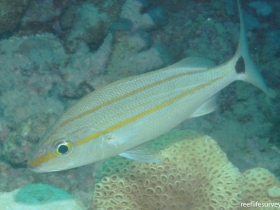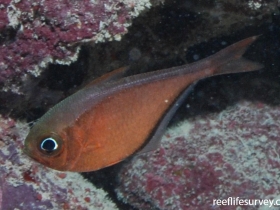Les poissons de Guadeloupe se font entendre
Les poissons de Guadeloupe se font entendre
More than 800 species of fish within more than 100 families have already been reported to be able to produce sound. But this number is most likely underestimated and, therefore, many sounds produced by fish remain to be described. Two studies carried out by Frédéric Bertucci (assistant researcher) and Malika René-Trouillefou (Associate professor) in the BOREA marine biology laboratory at the University of French West Indies in Guadeloupe as part of the EMuL project, funded by the Laboratory of Excellence CORAIL, and in collaboration with the University of Liège (Eric Parmentier) and the CRIOBE (David Lecchini) bring their contribution to this initiative by studying 2 species of the Caribbean: the glassy sweeper (Pempheris schomburgkii) and the tomtate grunt (Haemulon aurolineatum). These results describe the characteristics of the sound signals of these fish, their temporality but also the anatomical structures and the mechanisms responsible for the production of sounds by illustrating their unique character for the 2 families. Knowing the vocal repertoire of a maximum of species will make it possible to develop passive acoustic monitoring of the diversity of fish and in particular in this region which is underexplored from an acoustic point of view and to monitor the health of coral reefs.
BOREA contact:
- Malika René-Trouillefou, malika.trouillefou@univ-antilles.fr
- Frédéric Bertucci, fred.bertucci@gmail.com
References:



